Carotid Artery Disease: Causes, Symptoms, and Treatment in Dubai

Introduction
Carotid artery disease is a serious condition where the major blood vessels in the neck (the carotid arteries) become narrowed or blocked due to a build-up of fatty deposits known as plaque. These arteries are responsible for carrying oxygen-rich blood to the brain. When blood flow is restricted, the risk of stroke or transient ischaemic attack (TIA) increases significantly.
As a UK-trained Consultant Vascular & Endovascular Surgeon with international fellowships, I, Dr. Soroush Sohrabi, personally assess and treat patients with carotid artery disease in Dubai. Early detection and timely intervention can dramatically reduce the risk of stroke and protect long-term brain health.
What Is Carotid Artery Disease?
Carotid artery disease (also called carotid stenosis) develops when plaque — made up of cholesterol, calcium, and fibrous tissue — builds up along the artery walls. Over time, this narrows the artery (stenosis), reducing blood flow to the brain.
In some cases, the plaque can rupture, releasing clots that travel to the brain and cause an acute stroke. Carotid artery disease accounts for around 15–20% of all ischaemic strokes worldwide.
Causes and Risk Factors
Carotid artery disease shares many risk factors with other forms of atherosclerosis:
-
High blood pressure (hypertension)
-
High cholesterol (hyperlipidaemia)
-
Smoking
-
Diabetes
-
Family history of vascular disease
-
Age over 60
-
Male gender (though risk increases for women after menopause)
-
Obesity and sedentary lifestyle
Symptoms of Carotid Artery Disease
In many patients, carotid artery disease is silent until a serious event occurs. However, warning signs may include:
-
Transient Ischaemic Attacks (TIA): temporary episodes of neurological symptoms such as weakness, numbness, difficulty speaking, or vision loss. Symptoms usually last minutes to hours.
-
Stroke: a sudden, sustained neurological deficit, often leading to permanent disability if untreated.
-
Amaurosis Fugax: sudden, temporary blindness in one eye due to reduced blood flow to the retina.
Because symptoms can be subtle or brief, patients often dismiss them. However, even one episode of TIA is a strong warning that urgent evaluation is required.
Why Early Diagnosis Matters
The risk of stroke after a TIA can be as high as 10% within the first 7 days. Early diagnosis and management of carotid artery disease can prevent these life-threatening events.
I emphasise comprehensive assessment with Doppler ultrasound of the carotid arteries, a non-invasive and accurate test. In complex cases, further imaging such as CT angiography or MR angiography may be arranged.
Treatment Options in Dubai
1. Medical Management
For patients with mild to moderate narrowing, or those unsuitable for surgery, best medical therapy is often the first step. This includes:
-
Antiplatelet medication (aspirin or clopidogrel)
-
Cholesterol-lowering therapy (statins)
-
Strict control of blood pressure and diabetes
-
Lifestyle modifications (diet, exercise, smoking cessation)
2. Carotid Endarterectomy (CEA)
Carotid endarterectomy is a surgical procedure in which the artery is opened and the plaque removed directly.
-
Indications: Typically recommended for patients with symptomatic stenosis ≥50% or asymptomatic stenosis ≥70%, depending on risk profile.
-
Benefits: Proven by large clinical trials to reduce stroke risk significantly when performed by experienced surgeons.
-
Recovery: Usually involves 1–2 days in hospital, with return to normal activity within 1–2 weeks.
3. Carotid Artery Stenting (CAS)
This is a minimally invasive alternative for selected patients, particularly those at high surgical risk.
-
Performed using a catheter inserted through the groin or wrist.
-
A stent (small metal mesh tube) is placed inside the narrowed artery to keep it open.
-
Embolic protection devices are often used to prevent stroke during the procedure.
The choice between CEA and CAS depends on patient-specific factors, anatomical considerations, and international guideline recommendations. I discuss all options thoroughly with my patients to ensure safe, personalised care.
Life After Treatment
Carotid artery disease shares the same risk factors as heart disease. Preventive strategies include:
-
Stop smoking immediately
-
Maintain a healthy weight
-
Adopt a heart-healthy diet (low in saturated fats, high in fruits, vegetables, and whole grains)
-
Exercise regularly (at least 150 minutes of moderate activity per week)
-
Monitor and control blood pressure, cholesterol, and diabetes
FAQs for Varicose Veins Treatment in Dubai
Mild disease may be managed with medication and lifestyle changes. Moderate to severe stenosis often requires surgical or endovascular intervention.
Both are safe when performed by experienced specialists. Endarterectomy remains the gold standard in most patients, but stenting is an excellent alternative in selected cases.
Most patients recover from carotid endarterectomy within 1–2 weeks. After stenting, recovery is often faster, within 2–3 days.
Yes, carotid procedures are usually covered if medically indicated. My team assists patients with insurance approvals.

Why Choose Dr. Soroush Sohrabi for Carotid Surgery in Dubai?
-
International Training: UK consultant vascular surgeon with fellowships in the US and Australia.
-
Evidence-Based Care: All treatments are performed according to international guidelines and tailored to the individual.
-
Advanced Techniques: Offering both carotid endarterectomy and carotid artery stenting.
-
Personalised Attention: I personally assess and treat each patient, ensuring continuity of care.
-
Trusted Results: Strong record of patient safety and positive outcomes.

